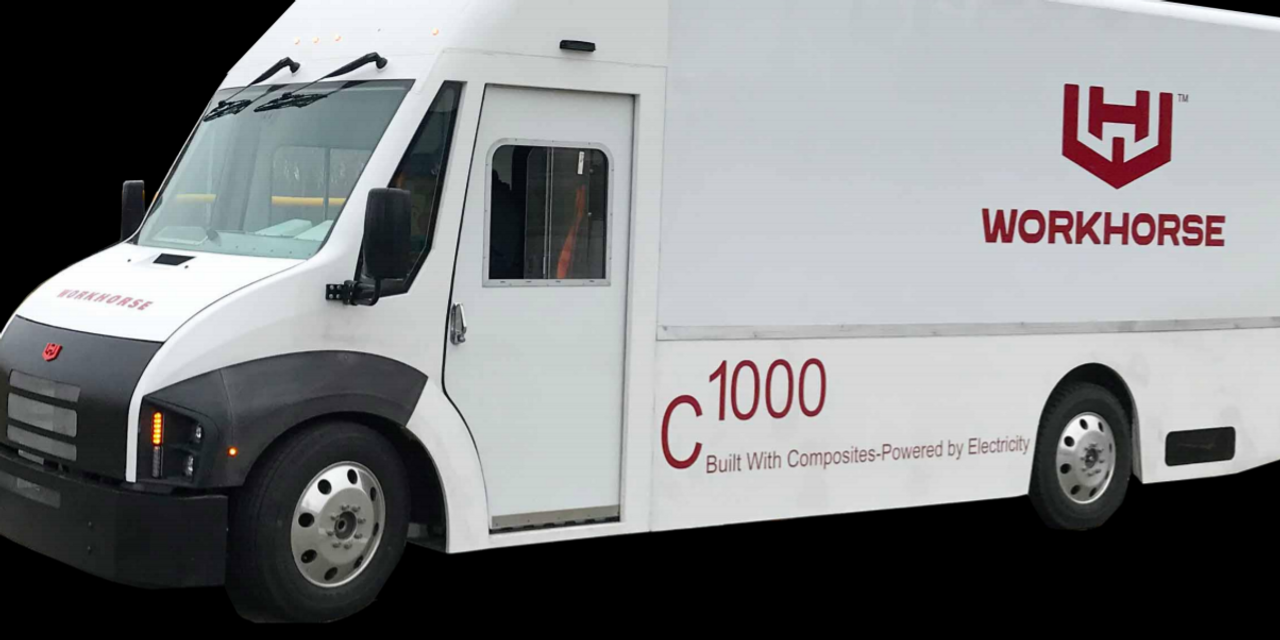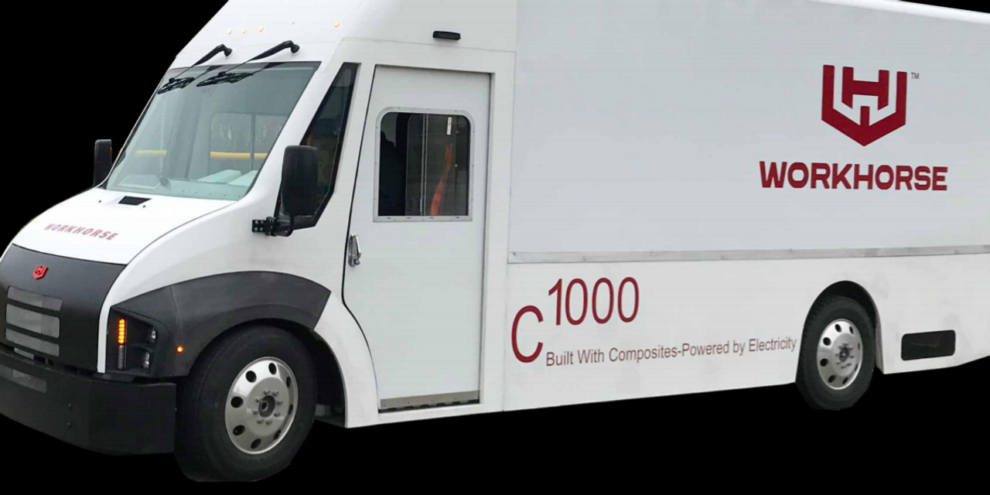
The vast spending power of the federal government is unmatched. So when it decides to do something, it can move markets and shape the economy.
The best — and by far biggest — example of this was the decision in 1961 to send a man to the moon by the end of the 1960s; the resulting flood of spending spawned waves of innovation and technological breakthroughs. It literally rocketed America’s post-World War II economy into the space age.
Now, President Joe Biden wants to make a big move of his own, witness his announcement that the entire gasoline-powered fleet of government vehicles will switch to electric-powered ones.
It’s not exactly the Apollo program — which at its height spent the 2019 equivalent of $700 billion a year, about the size of last year’s entire defense budget — but it’s still a potentially market-making move that could give the growing but still-smallish electric vehicle industry a giant boost. It also reflects the president’s view that climate change is here and real, and that the window to deal with it is narrow.
‘Enormous fleet’
Says the president: “The federal government … owns an enormous fleet of vehicles, which we’re going to replace with clean electric vehicles made right here in America, by American workers.”
We’re talking big numbers here. According to the government’s General Services Administration (GSA), there are some 245,000 vehicles in various federal agencies. The Postal Service has another 225,000, and the military another 173,000. All told, Uncle Sam owns some 643,000 cars, vans, trucks, you name it.
You know of Tesla TSLA, +0.78%, of course, and its millionaire-making stock surge of the past year. Lesser-known are shares of companies that would benefit from a federal push into electric vehicles. They’ve been surging as well. Loveland, Ohio-based Workhorse Group WKHS, +16.25%, for example, is up over 10-fold in the past year, nearly 50% faster than Tesla.
Workhorse has a non-disclosure agreement with the Postal Service, so Chief Financial Officer Steve Schrader couldn’t say much. But he did tell me that the USPS will make an announcement on its vehicle fleet by the end of the first quarter.
He’s obviously hopeful that Workhorse can capture a sizable share of the USPS’s order. The other two bidders are Wisconsin-based Oshkosh Corp. OSK, -0.34%, and Turkish electric-vehicle maker Karsan, which is teaming up with long-time USPS supplier Morgan Olson of Michigan.
Big cost savings
For the postal service, the efficiencies appear to be big. The average age of those little vans that putter up and down your street delivering your mail is nearly 29 years, and their constant stopping and going means they get lousy gas mileage.
Schrader gives one example of possible USPS savings, which are extrapolated from a contract with United Parcel Service UPS, -1.82%.
“UPS will drive a [gas-powered] truck 20 years, and they’ll drive it 300,000 miles, and they’ll spend $300,000 on fuel and maintenance,” he says. “So that’s a dollar a mile. Our truck can do the same thing but cost 40 cents a mile. So our trucks can save them $170,000 over the life of the truck.”
Given that the Postal Service plans to buy about 180,000 vehicles over the next five to seven years, that’s big money. A Postal Service spokesperson declined to comment.
Some final context. Electric vehicle analyst Loren McDonald of CleanTechnica predicts U.S. sales of electric vehicles will total about 585,375 units this year. The encouraging news: That’s up 70% from last year. But given that total vehicle sales in the United States have averaged about 16.8 million in recent years, that’s still only about 3.4% of the market.











Add Comment